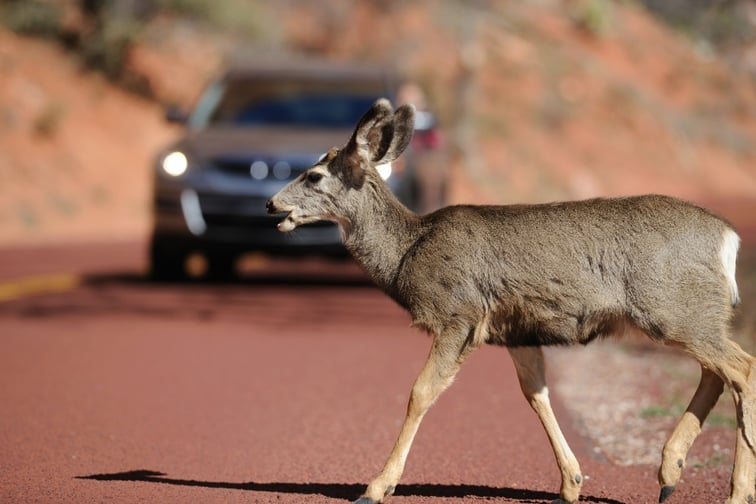

The report analysed more than 17,000 AAMI animal collision claims across Australia between January 1 and December 31, 2022.
It found that one in seven drivers (14%) said they have no idea what they would do if they collided with wildlife, with some sharing that they would most likely panic and freeze.
AAMI's report revealed that winter is the worst time of the year for animal collisions, with nearly one in three (30%) accidents involving wildlife occurring from June to August. Meanwhile, dusk is the most dangerous time for wildlife-related road accidents, with over a quarter (26%) of accidents taking place between 4:30pm and 8pm.
Travelling on a Saturday also increases drivers' chances of a collision, which the statistics deemed the worst day of the week for animal collisions, with one-third (30%) of collisions taking place over the weekend (Saturday and Sunday).
Other key insights from AAMI's report included:
Kahl Dwight, head of motor claims at AAMI, said that being vigilant about various factors such as time of day and visibility and expecting the unexpected can help drivers stay safe.
“We encourage drivers to always expect the unexpected and know ahead of time what they should do – which is slow down and brake but avoid swerving so as not to endanger yourself and other drivers. It's far less dangerous to keep driving and damage your car than swerve to avoid it and collide with another vehicle or tree,” Dwight said.
“To avoid crashing with wildlife this winter, use your peripheral vision and be aware of your surroundings. Wildlife is unpredictable and can appear out of nowhere so it's best to always be on the lookout.”
The Royal Automobile Club of Queensland (RACQ) is also calling on motorists to be careful when driving, noting that around 1,200 people are killed on roads across Australia annually.
